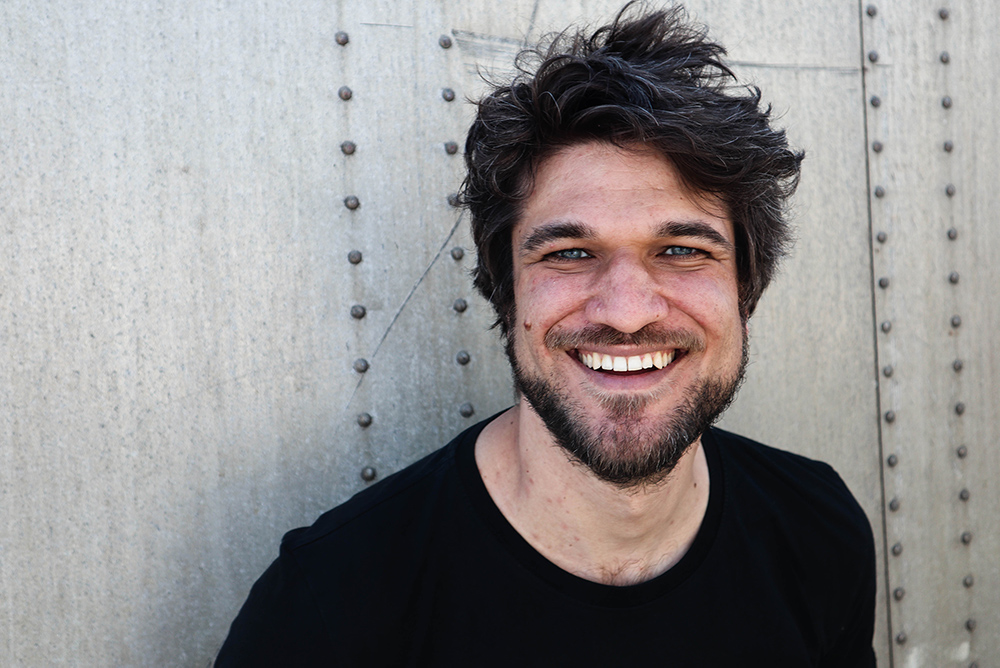The idea for this project arose from my teaching activities at the HCU Hamburg; the students had to incorporate the ideas of parametric design into their projects. However, parametric modelling is not just a different kind of conventional CAD, but a way of describing a design idea with geometry, patterns, rules and possibilities. This way of thinking borrows a lot from programming and requires a shifted approach to design.
Using parametric design is not just the application of a couple new fancy functions, but a way to describe and interact with a problem. The tutorials I found often put emphasis on the magical outcome, enabled by this kind of computational generation, but they were lacking a discussion of the strategies and thinking behind: the whys and hows to develop a sophisticated algorithm. And because parametric design is a purposely chosen way to tackle a design task, this project is called parametric by design.
With these thoughts in mind, this website puts an emphasis on describing the intentions of why the algorithms are written the way they are and to introduce parametric design as a concept. Head over to the dedicated page What's parametric? to get started.
Please bear in mind that this project is still work in progress. Also, the writing of new content for this website doesn’t follow an order that directly correlates to what would be most beneficial for learning; there are gaps all over. For the long run, I set up parametric by design to become a community project. Everybody is welcome to contribute and the results are available as an open educational resource, free for everybody to use.
Fuel
parametric by design is developed and maintained by Kai Schramme and relies on the enthusiastic work of all contributors. The project is based at the chair of design and analysis of structures, led by Annette Bögle, at the HafenCity University Hamburg and is realized in cooperation with the Hamburg Open Online University and the HafenCity University.
The examples and tutorials are influenced by good ideas from various people and take inspiration from fictional and realized projects. Care is taken to give appropriate credit and to comply with the licenses. If you have any issues or concerns or notice offenses, please write an email to hello@parametricbydesign.comand offending content will be removed.
The system, in which the content of this website is structured, is adopted from the documentation system by Daniele Procida.
The web design and logo are made by Jonna Kristin. The source code is hosted on GitHub and the website is built with Hugo. Everything is then deployed to netlify. KaTeX is used to display formulas, icons are from Feather and Fuse.js is powering the search functionality.
Get involved
Eventually, there will be a contribution guide on how to write and submit articles, but I’m not there yet. Until then, you can propose changes to an article by clicking the Edit this page link and submitting a pull request or you can create an issue on GitHub. Of course, you can also write an email to hello@parametricbydesign.com.
For more questions, please visit the FAQs.
